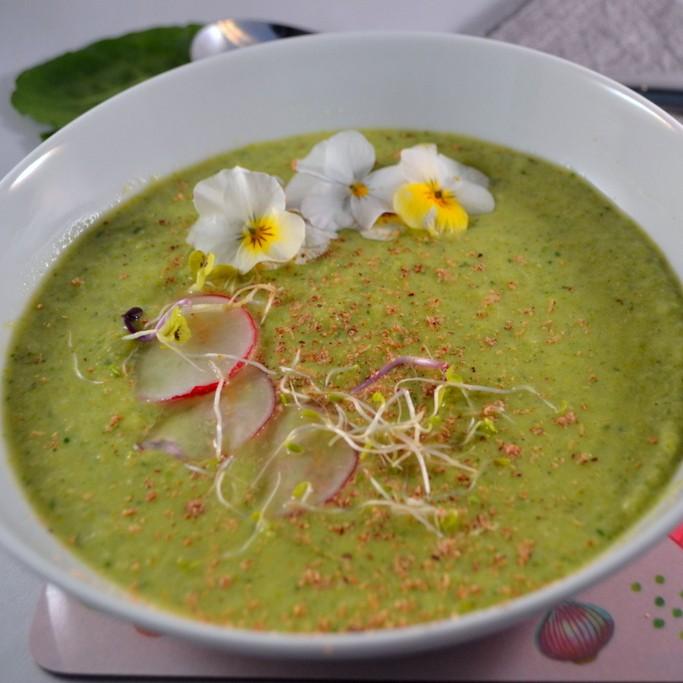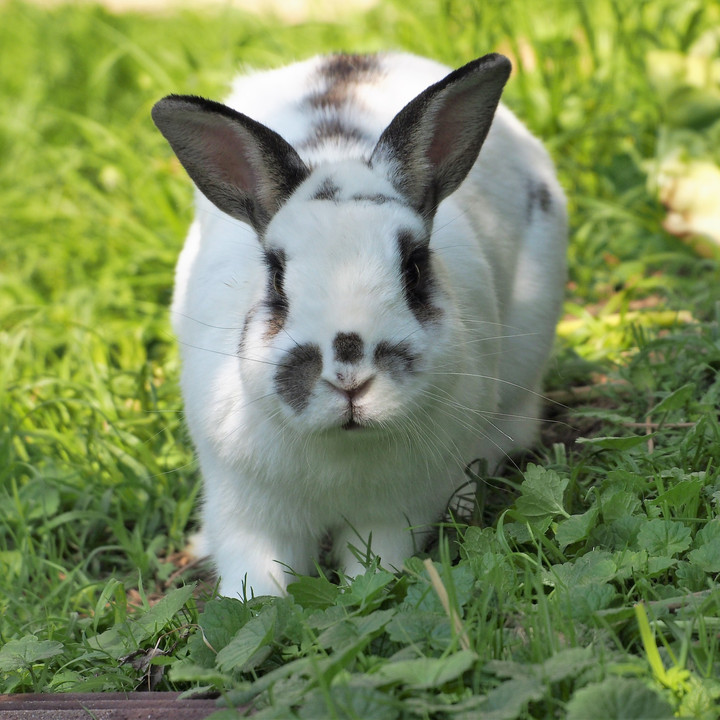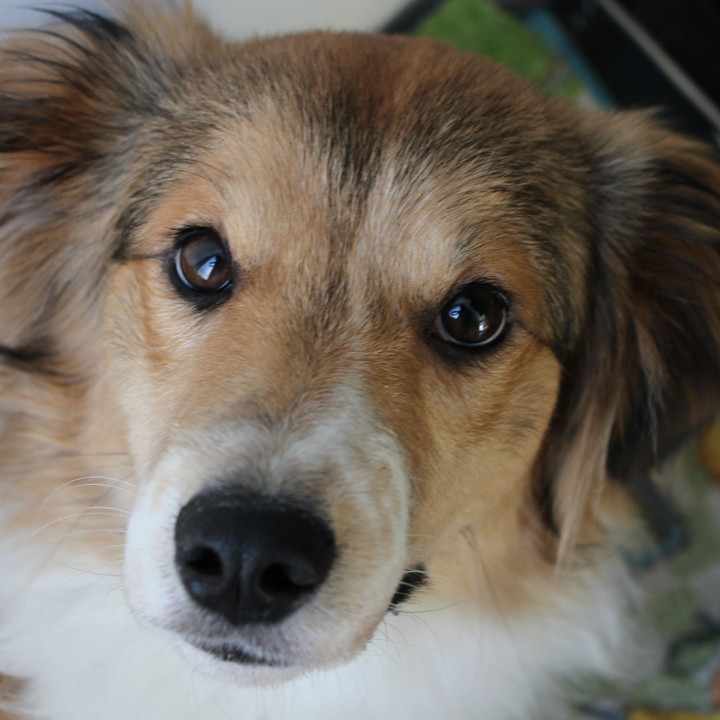
Tips For An animal-friendly Easter
Some Easter traditions and treats may have cruelty behind them
Whether you’re baking, decorating or eating them, there is no denying that eggs are a huge part of the Easter season, growing in popularity and consumption every year. Everything revolves around coloured eggs, chocolate eggs, Easter biscuits or the symbol of the Easter bunny. Egg consumption rises sharply in the days around Easter, down to many families believing they cannot do without the colourful Easter eggs.
In Australia, per capita consumption rose to 247 eggs in 2019, which translates to 14.3 kilograms of egg per person, per year. That was also two eggs more than the previous year. Worldwide, egg production continues to grow: Within 10 years, it has increased by nearly 25%. The biggest egg producer by far is China with around one third of the world production, followed by the EU, USA and India, and these four produce almost 60% of the world’s eggs. This means that the top 10 egg producers account for more than 3⁄4 of the world’s egg production.
Not all eggs are produced equally as well. More than 40% of eggs consumed in Australia are still from caged hens, where chickens are unable to express their natural behaviour for their entire lives.
Easter is fun and with a few compassionate tweaks, can be made animal-friendly.
How can I make Easter more animal-friendly?
Tips for less animal suffering in and around Easter

Dye your own 'eggs'

Reduce, Refine, Replace

Animals are not presents

Keep chocolate away from pets
Source

